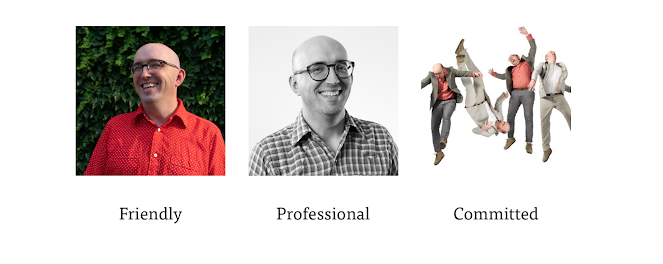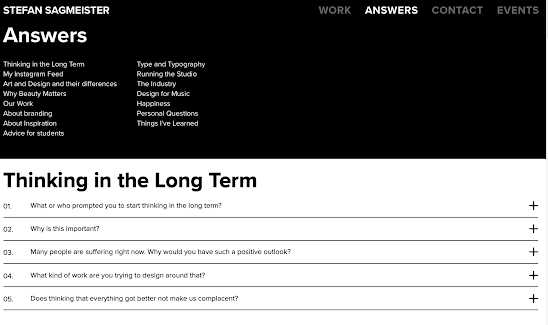Research Blog #7

This week's design inspiration comes from Swiss designer Claude Kuhn . He is known for his creative boxing posters and is the art director and exhibition designer for the Museum of Natural History in Bern, Switzerland. His use of Gestalt principles especially figure ground helped revolutionize poster design during the 80's and early 90's. He received the Swiss Sports Award in '92. The final assignment for my Graphic Design III class is recreating a movie poster. I think I am going to try to do something in a similar simplistic yet bold style.





